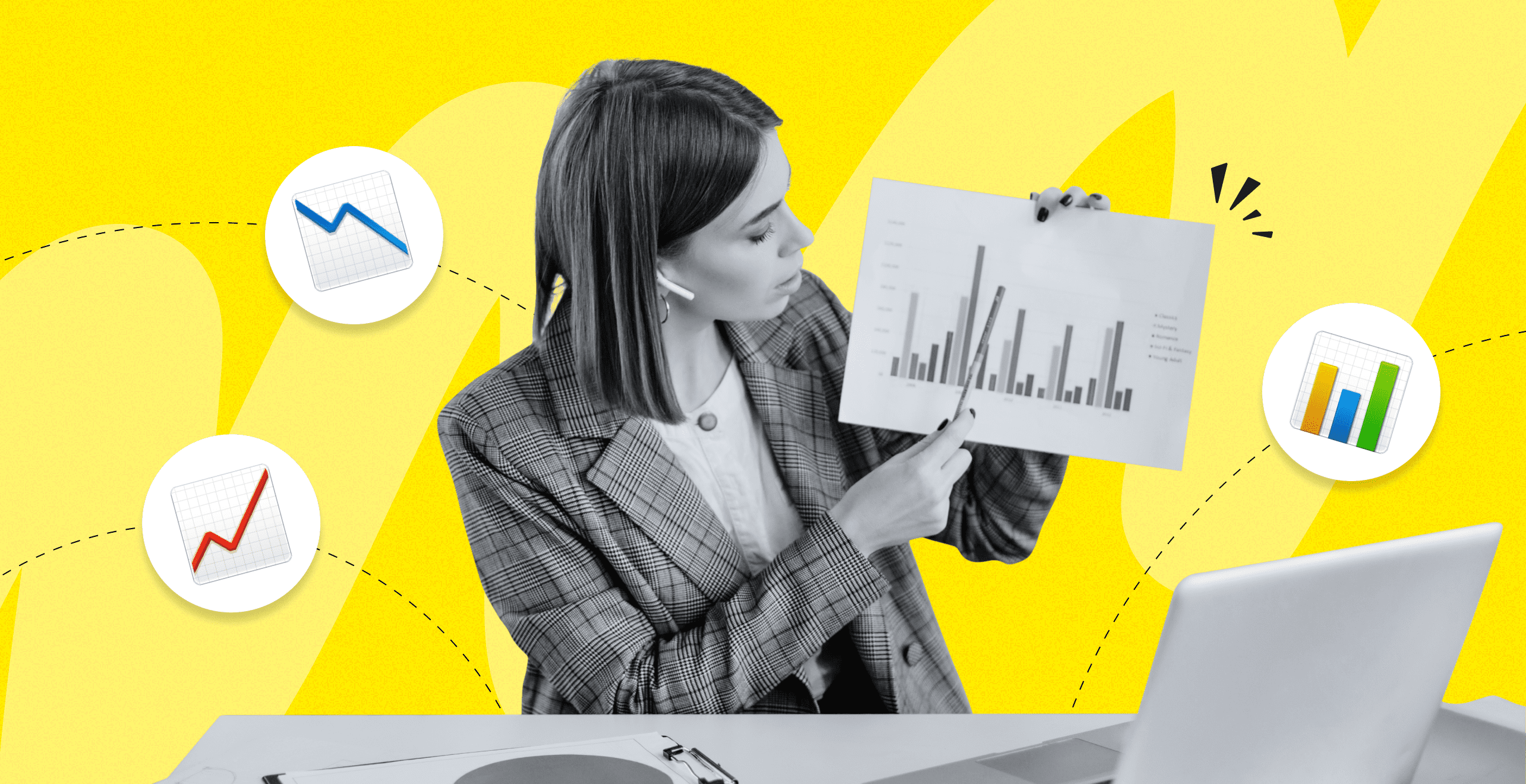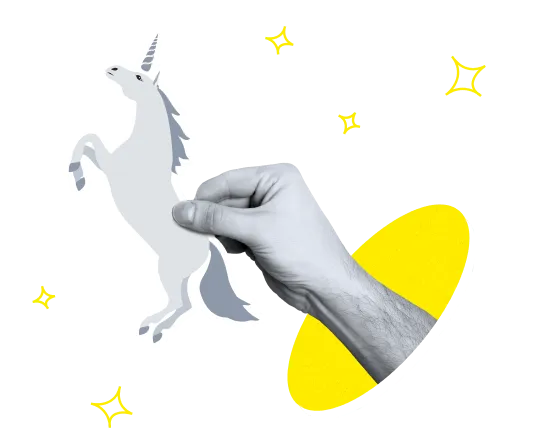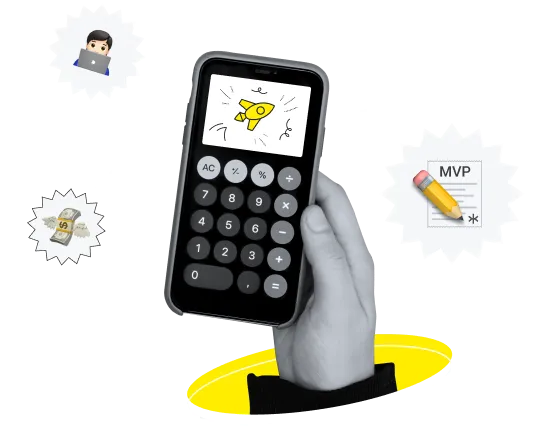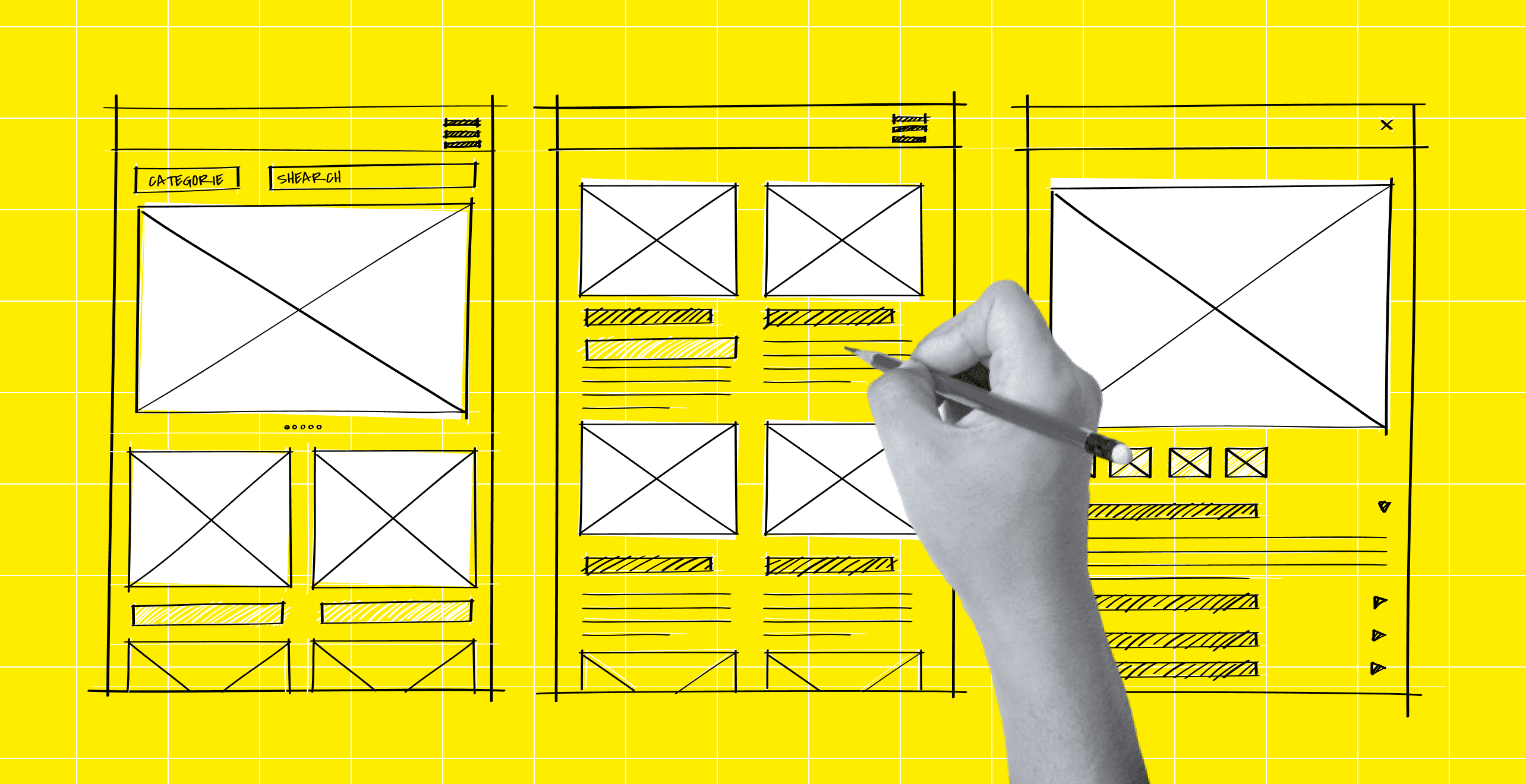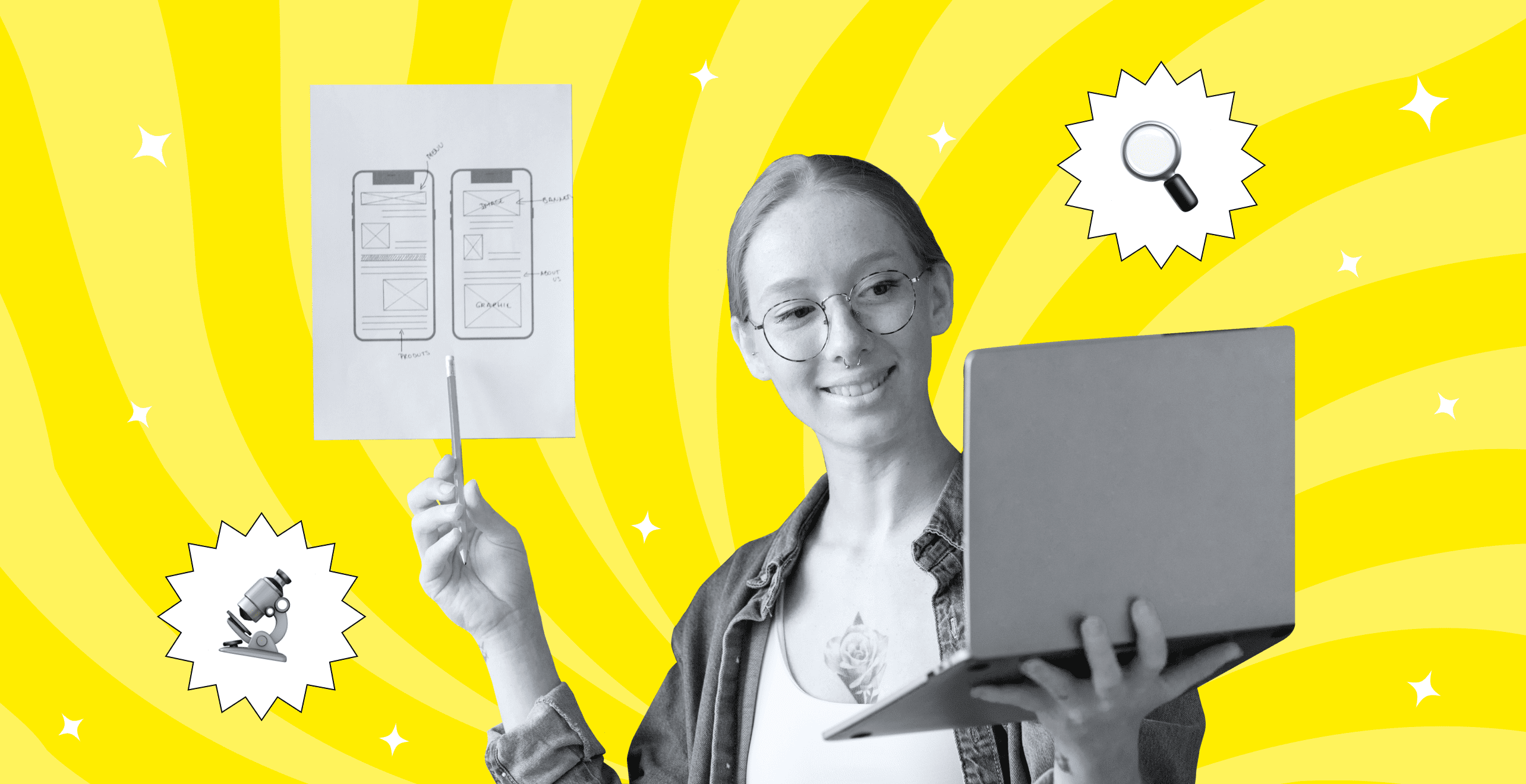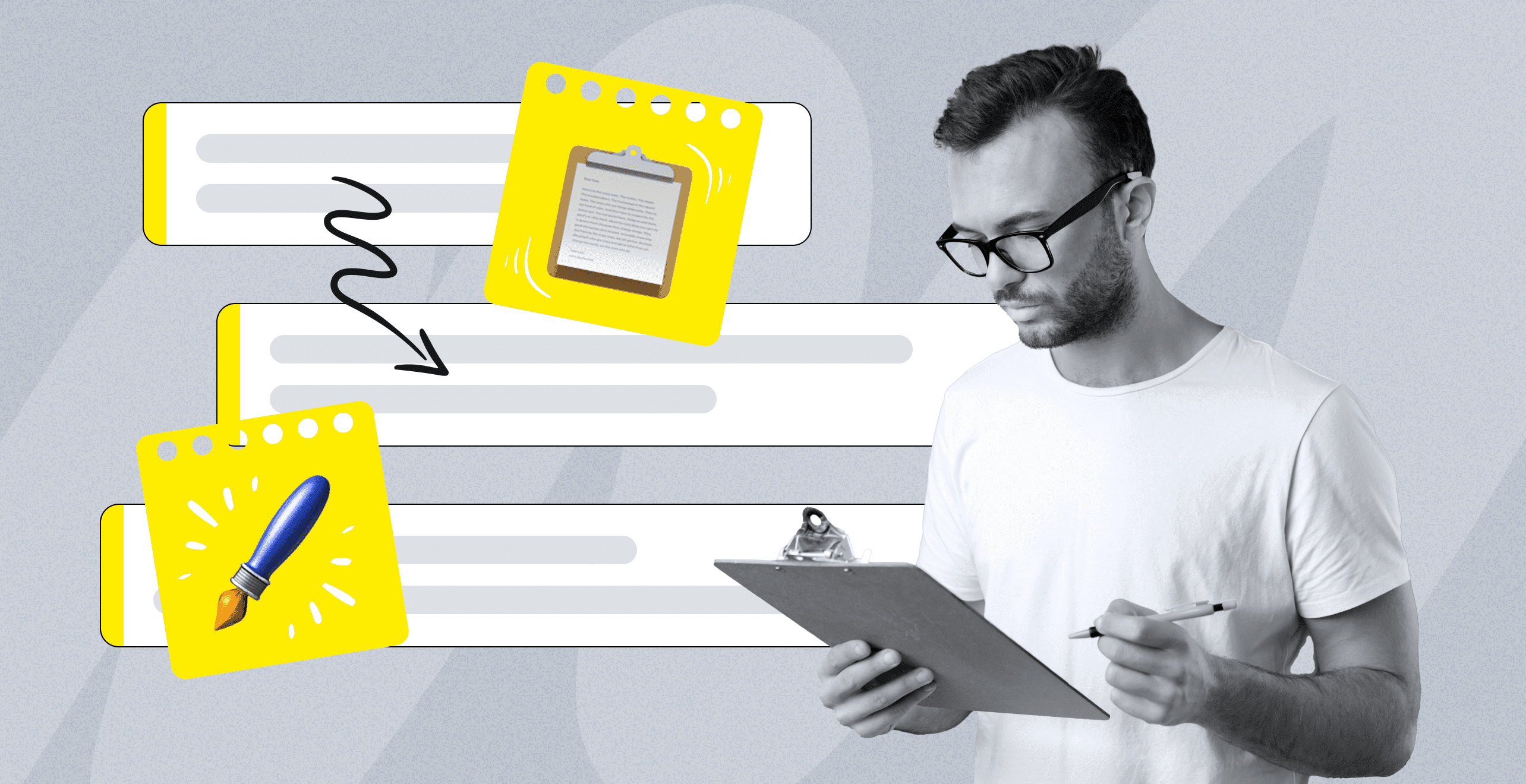Improving Lives Through Science and Tech Innovation - Startup Stories with Fred Dillon

Anton Oparienko (COO, Upsilon): Today, we are speaking to Fred Dillon, the Senior Director of Strategy & Design at Hopelab. Can you tell me a bit more about Hopelab. What are you doing?
Fred Dillon (Senior Director of Strategy & Design of Hopelab): We really look at ourselves as the social innovation lab that designs and creates technology solutions to improve the health and well-being of adolescents and young adults. We work to create behavior-change technology that can improve health outcomes for these young people. We then partner with various types of organizations – both commercial and non-profit – to scale those innovations and get them out and into the hands of users. Hopelab was founded by Pierre and Pam Omidyar. Pierre Omidyar was the founder of eBay.

Anton: What is the main focus? Does it target people in the United States or worldwide?
Fred: Currently, our primary focus is young people in the US. It depends on the given product or project. The specific targets can be anywhere from about age 13 to late 20s, depending on the specific area or topic we are focused on. Though some of our projects may generate interest from others and may be used outside of the U.S., we generally build products with and for the US market.
Anton: You said you are using technology in the projects you are doing. Can you provide examples of how it is helping you?
Fred: I can give you a few examples. When we were founded, Pam Omidyar had an initial idea to create a video game for kids with cancer.
She talked to some oncologists and psychologists about it. And she figured out that one of the big things that happens to teens and young adults with cancer is that when they get out of the hospital, they may miss doses of the chemotherapy, which can actually be deadly. That can cause their cancer to resurface, creating a whole new battle with cancer. Pam wanted the game to be designed in a way that would be fun and engaging but that would also result in better adherence to their meds and, as a result, improved health outcomes.
The game was released in 2006. Randomized control trials were conducted, and this research found that adolescents and young adults that played this game were more likely to report a higher sense of self-efficacy, a feeling that they could fight this disease. They were also more likely to have a higher level of chemotherapy in their blood. Which meant they were taking their meds more regularly.
Anton: Which platform was it on?
Fred: At the time when the game first came out, it was on CD-ROMs and DVDs and was available to play on desktop and laptop computers. For the second version of the game, Re-Mission 2, the gaming ecosystem had shifted and casual mobile games were much more popular. So we pivoted and adopted flash-based technologies to create the next set of Re-Mission games. These you could play on any machine with access to the Internet. We even turned one of the games, Nanobot's Revenge into a native mobile app, which you can still play today on an iPhone.
Anton: What about some of the recent examples or your projects?
Fred: What we learned from Re-Mission that and some other early projects, is that Hopelab does a really great during the early stages of the innovation process, but that we needed strategic partnerships more actively engaged to help distribute the products that we build and test. That means Hopelab can focus on our core competencies (like deeply understanding potential users and their needs, generating early concepts, designing and testing prototypes, infusing our products with concepts grounded in behavioral and psychological science, and rigorously evaluating the products we create). But we need to engage with partners who have customers and the expertise to get the products we create into the hands of their users.
As an example, we recently worked with a national non-profit organization called Nurse-Family Partnership (NFP). NFP pairs a low-income, first-time mom with a public health nurse. That nurse works closely with that mom, from pregnancy and up to the child's second birthday. The program has a significant and proven impact on the health and well-being of both the mothers and their children. The program serves over 50,000 families every year throughout the US.
A growing challenge for NFP was that the many of the processes and the systems of the program were not yet digitized. The nurses would go into the mom's home with a big binder with lots of papers (and most everything was done with paper and pencil). But many moms wanted program materials to be available in an easy-to-use mobile format, allowing them to have access at their fingertips and giving them better ways to stay organized and on track.
Our collaborative research found that technology can support nurses and moms in their work together, particularly in their efforts to set and track short and long term goals. One of the big things that NFP nurses do with their clients is to help their moms to think about their big goals and dreams. And more practically – what they are trying just to get done in the next couple of weeks, to take care of their health, and/or the health and safety of their child. What they didn't have was a place to keep track of those goals and to set and track those goals with the best science-based methodologies for effective goal-setting.
That is what led to the creation of the Goal Mama product. Goal Mama is a platform that includes both a mobile app for moms, as well as a dashboard for the nurses where they can view progress, requests and provide positive encouraging "shout outs" to their clients.
Hopelab worked with NFP and a technology partner, Ayogo, to create Goal Mama, which is now being rolled out and introduced to thousands of families across the country. Co-designed with NFP moms and nurses, Goal Mama has a variety of features:
- goal-setting and tracking;
- to-do lists;
- celebratory and encouraging shout-outs;
- an online community of other NFP moms where they can share tips and reflections about their own experiences;
- and a resource center with vetted, NFP-approved parenting and pregnancy information.
Anton: This example is technology-based. Do you deal with offline projects that bring people together?
Fred: In general, our work is focused on this idea: can you create and leverage technology in ways that can help support the health and well-being of adolescents and young adults? That being said, the technology may be a starting place but it may encourage you to do something external to it.
So, as another example, we've been working on the problem of college loneliness. Young people going to college have much higher rates of loneliness and depression than has been the case in the past.
We partnered with another company – a for-profit company called Grit Digital Health – to build an application called 'Nod'. It encourages college students to take on social challenges in real life. It will give you examples of what you can do to expand your friendship circle or network. Then you come back to the app and reflect on how it went. And it encourages you to do that through a lens of self-compassion. We are trying to help these young people to put themselves out there, to build more satisfying and meaningful friendships, but to also recognize that it will take time and to be easy on yourself if something doesn't work as expected.

Anton: How is your company different from a general technology company or a startup? As you work as a non-profit company, how is your experience in projects different?
Fred: I think we're quite different from other non-profits, for-profits, and startups in a number of ways. We're much more interested in the impact that our products will have on people's lives rather than on revenue. But we can't have impact if people don't use the products.
We're driven to figure out how to get what we create into the hands of young people. We need to have a clear mechanism and partnerships in place to get what is created successfully distributed.
The other thing that is different about Hopelab is our staff. The staff is composed of researchers experienced in psychology and behavioral science, and designers with deep expertise in human-centered design and user experience research. There are also people like me who are more focused on product management and strategy, thinking about the market, product execution, and managing the relationships with our partners effectively.
We don't have in-house engineering. We do this work with the help of external vendors or partners to build the actual products and tools that we are developing.
Anton: That is quite interesting. How do you think the current developing technologies are going to affect what you do right now? What do you see happening in 5 years? Or tell me about the projects you have in mind. What is coming?
Fred: Obviously, everyone is struggling to think through the impact that technology is having on society. I think we'll spend much time thinking about how we use technology to have a positive impact. And how we step away from technology – so that it doesn't take over our lives. I am not saying at all that the technology is good or bad. It is about how we use it and how we set young people up to use it effectively in their own lives. It will continue to be a really critical piece.
I do think we need to meet people and our users where they are. And that is often through technology. So we're going to continue to be smart about how we leverage technology for good for the populations we serve.
In terms of modalities, we've been experimenting with things like chatbots as another mechanism for our products. Conversational agents can be an effective way to teach/support the adoption of interventions, as we have seen in the case of Vivibot, our chatbot for young cancer survivors. Vivibot teaches a range of positive psychology skills (gratitude, mindfulness, acts of kindness, savoring, etc.) and has been found to decrease anxiety levels in this population in a small pilot we conducted.
Chatbots, AI, voice-based tech, and AR/VR are becoming huge. Implementation of these technologies is growing significantly in the medical and healthcare arenas. So I think that will be a very exciting thing to watch. I believe there is much interesting work on how these emerging technologies can be utilized, especially in relationship to mental health.
Anton: Well, one of my thoughts is that kids today learn to swipe right or left before they can speak. How did that change your experience working with young people? They change so much!
Fred: Yes, both the technologies themselves as well as the lived experience of young are constantly changing and evolving. Young people are often early adopters of emerging technologies and they have high expectations about how technology should work in their lives. It should be simple to use, customizable, adaptable, tailored to the young person, and it should be beautiful and delightful to experience. This puts a significant burden on the solutions we develop. We need to be as easy-to-use and at that level of other products and technologies they are using everyday in their lives.
That was a critical goal we achieved working on Goal Mama. A lot of low-income people or anyone who's faced with having to interface with government systems is dealing with outdated solutions. They are often not well designed and don't necessarily have a human-centered focus. So I think there should be a lot more attention paid to how we can make desirable and usable products for people who are often underserved. Products for low income populations should be sophisticated and provide as much convenience as those targeted at people with higher income levels.

Anton: Thank you. If you don't mind, can we talk about your background? What brought you to working with that company? And work as a non-profit – so you are not here to earn a ton of money in the first place, are you?
Fred: From a young age and even in college, I was always drawn to the idea of having a career dedicated to making a social impact. I went to UC Berkeley where I studied social welfare and got a minor in public policy. I leveraged that education to ultimately become a policy analyst and legislative advocate for AIDS Project Los Angeles and then at the San Francisco AIDS Foundation, where I was eventually promoted to be the Director of Public Policy for the organization, leading a team of colleagues who advocated at the local, state, and federal levels for HIV funding and policies to help end an epidemic.
In the middle of my career, I shifted to Hopelab and began tackling social problems from a different angle, developing research-backed products to improve health and well-being for adolescents and young adults. It was a different way to get at social impact; I began thinking - how might we harness something popular with teens, like videogames and technology, to have an impact on their lives? In the process of working on a videogame for kids with cancer, Hopelab figured out how we could leverage technology, play, and games – things that young people love - to improve their health and their lives.
Anton: What do you think inspired or influenced you the most on that path – to be socially active? Maybe it is some person, books or things like that?
Fred: When I was in high school or even junior high, teachers encouraged me to think big about who I was and what I wanted to do in my life. These early influencers helped me to think beyond making money as the ultimate marker or measure of life's value and worth and to instead focus on what would be deeply meaningful and purposeful. That really stuck with me. I felt it was important to follow my purpose and pay attention to what calls to me and listen to that.
In college, I was dealing with coming out as a gay man. It was a tough transition for me. I also learned that I had a family member pass away from AIDS. It was the height of the epidemic at that point and I was really inspired by the activists and advocates who were demanding change at all levels of government and who were working to save lives and reduce HIV-related deaths and new infections.
At that time, the AIDS epidemic was just overwhelming. I was lucky to be young and able to take some precautions and science has since completely revolutionized HIV care, making it much more of a manageable disease and not a death sentence. But the generations before me were decimated by the disease.

Anton: Yes, lack of information contributed to the spread of the epidemic. It was crazy.
Fred: Yes, it was crazy, and it was happening among stigmatized groups. The President at the time would not even say the word "AIDS" through many of those earliest years. It was quite an intense time.
You can compare this to what is happening right now with Coronavirus. Everyone is paying attention and trying to minimize the spread of the disease. It took much more time for HIV to get the recognition it needed and deserved.
Anton: What was the hardest part of your experience? Any suggestions that can help other people who work as a non-profit?
Fred: One of the hardest realizations in our work is that the people you are designing for are not the people who are buying or paying for what is developed. You have to think on multiple fronts about who and what you are creating early on and think through the "buyer" side of the equation (who is going to pay for and distribute what we are developing?).
At Hopelab, we previously worked in the area of childhood obesity. This was many years ago. We developed a product called Zamzee. It was like a Fitbit for kids with a physical activity tracker they would wear paired with a motivational website where they would earn points and awards. Kids became much more physically active as a result of using Zamzee (our studies found a 60% increase in physical activity levels). We were very proud of our scientific results and of the product we had created.
Then we tried to get it out to the world, market it, and distribute it. It was a much tougher challenge. We tried to spin Zamzee out as a standalone social impact for-profit startup. A small company was built to grow, to scale the startup and see the product. But they really struggled to find the right customers to pay for this.
Parents were still learning about activity trackers and were uncertain about buying one for their kids, especially since they can get lost so easily. The government had interest in the topics area and our results, but was not willing to fund the actual distribution of a tool like this. And healthcare organizations were looking for products that gave them near-term ROI. Getting teenagers more physically active was not going to have an impact on their near-term bottom-lines.
There were many challenges with that experience. It was really disappointing not to see Zamzee go further after we've taken it through so many iterations and scientific proof points. What I learned from that was the importance of deeply understanding and thinking of who your buyers are, the channels to get this to the end user - all of that. This needs to be top of mind from the outset, in addition to building a really great invention for the young people themselves.
Anton: Maybe you could share some tips for people and companies working as non-profits with technology. What brought you to success? What should people do to be more successful and deliver more impact?
Fred: First, I think that human-centered design has to be a cornerstone when developing new programs, services and products. We have to understand our users and problems they are trying to solve in their lives. And those users need to include both end users (young people in our case) and the intermediaries who work with young people, whether that be health care practitioners, teachers, parents, or others who are part of the larger ecosystem in a young person's life.
I also think the non-profit industry has a lot to learn from the for-profit world. Thinking through business models and your hypothesis for scaling an intervention, product, or service is essential and non-profits need to adapt some of the tools from those in the private sector. And nonprofits should always be looking for unique partnerships or structures with commercial, government and other sectors to help achieve their missions.
A third point is that you always have to think about whether you need to build this yourself or whether there are partners that already have relevant experience in developing similar solutions that you can build off from.
Goal Mama is a good example of this. As opposed to building the product from scratch, we looked for companies that had already built patient engagement platforms. That led us to finding Ayogo, a for-profit company that is deeply invested in developing cutting-edge behaviour change technology. We were able to create a three-way partnership between Hopelab, Ayogo, and Nurse-Family Partnership to leverage each of our unique competencies and to create Goal Mama at a fraction of what it would have cost to build this from the ground up.
Anton: You have to be super-efficient with what you are doing, don't you?
Fred: Yes, you have to think about that through every step of the innovation process. Especially at this point in time, where there is much that is already built, you don't want to start from scratch. In addition, non-profits are often not set up to offer support and maintain technology in-house. So, finding the right technology partner to work with can be a huge win-win.
Anton: Thank you, Fred, for this exciting conversation!
How Healthcare Innovation Companies Can Benefit From Adopting an Outsourcing Model
As a non-profit and product professional with multi-year experience in designing, developing, and managing digital health products, Fred Dillon has often faced a "Build or Buy" dilemma in his career. Fred believes that "healthcare organizations should carefully think about whether they need to build solutions by themselves or if they should instead partner with companies who already have relevant experience in building similar software". And this is where adopting an outsourcing model comes in handy.
Today, the healthcare industry is facing growing challenges in delivering high-quality and affordable patient care. The government's focus on introducing and improving IT infrastructure, tight budgets, and finding the balance between maximizing efficiency and meeting patient needs can be difficult. That is why healthcare organizations are increasingly relying on outsourcing of their IT operations. Here are the advantages of healthcare IT outsourcing:
- Lowering costs. IT outsourcing is about reducing operational costs. Healthcare organizations can save money and lower their budget by outsourcing rather than paying to hire and train in-house staff. The money saved through outsourcing can then be invested in business development.
- Access to specialists. By outsourcing their IT initiatives, healthcare organizations get access to the pool of well-trained professionals with specific niche technical expertise.
- Access to cutting-edge solutions. Outsourcing software development companies utilize the most innovative technologies to meet customer requirements. They can provide solutions in terms of custom web app development services and mobile app development services, third-party software integration, and QA testing.
- Focus on patient care. IT outsourcing can help healthcare organizations to upgrade and maintain their systems while allowing doctors and hospital staff to do what they do best – providing quality care.
to top




